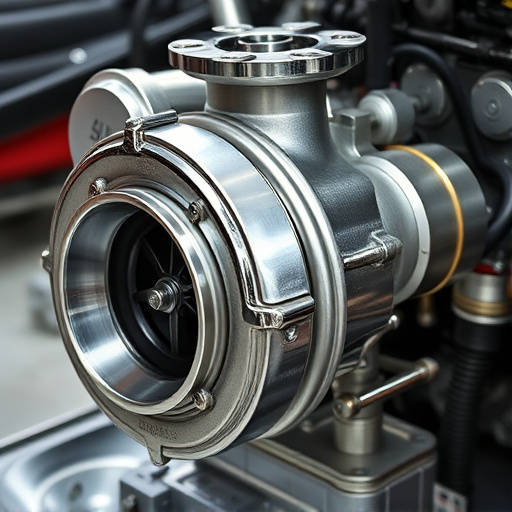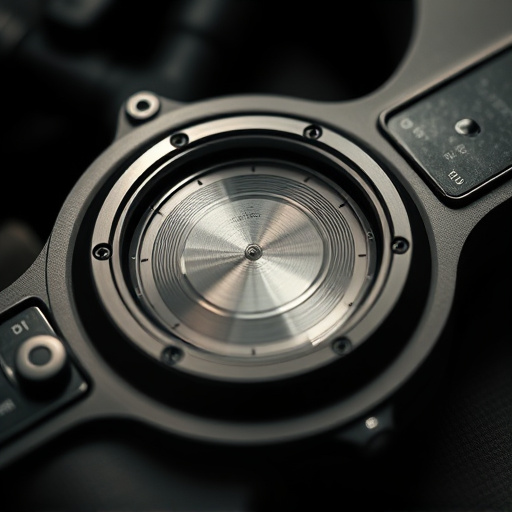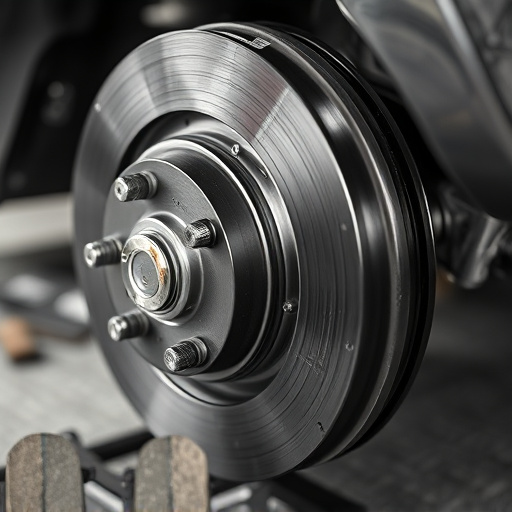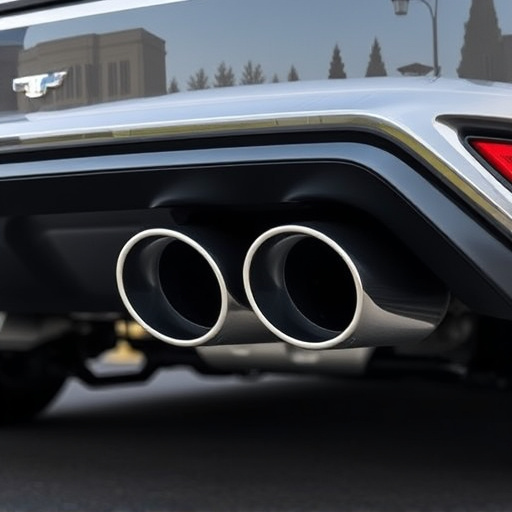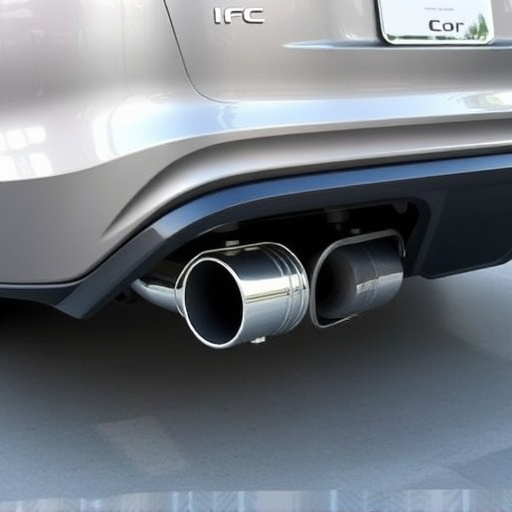The muffler intake installation is a key component for vehicle health and performance, influencing engine efficiency and noise reduction. Regular maintenance, including visual checks every 10-20k km (or more frequently for high-performance vehicles), prevents issues like clogged filters or damaged pipes. These inspections focus on overall integrity, leaks, and secure connections, ensuring optimal performance and exhaust system longevity. Prompt attention to unusual noises or drivability issues is crucial.
Muffler intake installations are critical components of any vehicle’s exhaust system, ensuring optimal performance and minimizing noise pollution. Understanding their key components and functionality is the first step in maintaining efficient operations. This article explores how often these installations should be inspected, considering regular vs. specialized maintenance routines. We provide practical tips to help you perform thorough inspections, promoting long-lasting muffler intake effectiveness. Learn about the crucial role of regular checks in ensuring your vehicle’s exhaust system operates seamlessly.
- Understanding Muffler Intake Installation: Key Components and Functionality
- Factors Determining Inspection Frequency: Regular vs. Specialized Maintenance
- Practical Tips for Efficient Muffler Intake Installation Inspection
Understanding Muffler Intake Installation: Key Components and Functionality
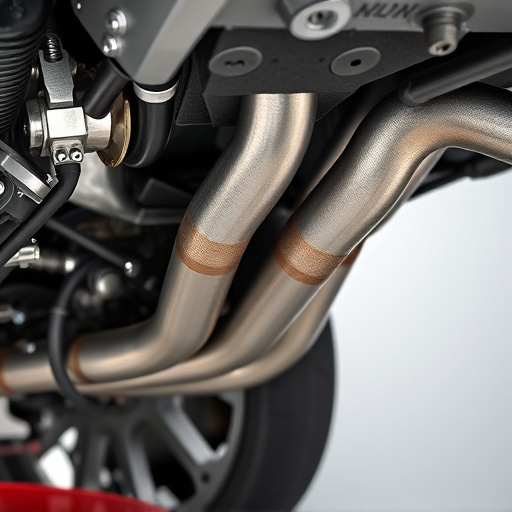
Muffler intake installation is a critical component of your vehicle’s overall health and performance. This system, often overlooked, plays a pivotal role in enhancing engine efficiency and reducing noise pollution. At its core, the muffler intake installation comprises several key parts working in harmony. These include the air filter, which cleans the incoming air; the mass air flow sensor, measuring the volume of air entering the engine; and the pipes that direct air smoothly into the engine compartment.
Understanding how these elements interact is essential for optimal vehicle performance. Regularly maintained muffler intake installations ensure efficient combustion, allowing your engine to breathe better and perform at its peak. Moreover, it prevents potential issues like clogged air filters or damaged pipes from compromising the overall efficiency of your vehicle’s ecosystem, including coilover kits and air filter kits designed to enhance driving dynamics and maintain clean air flow respectively.
Factors Determining Inspection Frequency: Regular vs. Specialized Maintenance
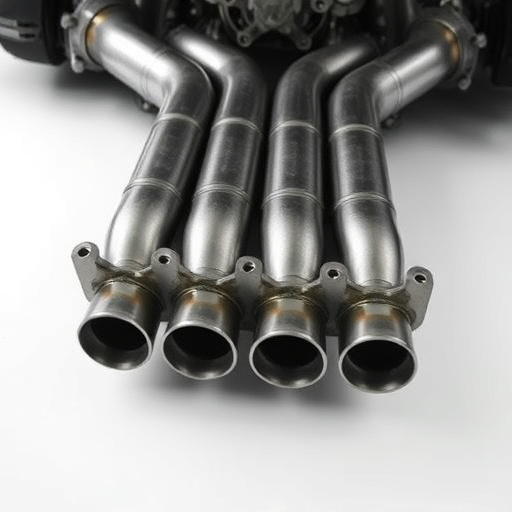
The frequency of inspecting a muffler intake installation depends on several factors. Regular maintenance typically involves visual checks and basic troubleshooting every 10,000 to 20,000 kilometers (or 6,000 to 12,000 miles) to ensure there are no signs of damage, corrosion, or loose connections. This includes examining the overall integrity of the installation, checking for leaks, and verifying that all components are securely fastened.
Specialized maintenance, on the other hand, is necessary for high-performance vehicles equipped with performance exhaust and brakes, or those utilizing high-performance parts. In such cases, inspections should occur at intervals as recommended by the manufacturer or every 5,000 to 10,000 kilometers (3,000 to 6,000 miles), depending on usage intensity. This is crucial for maintaining optimal performance, ensuring safety, and preventing unexpected failures that could negatively impact driving dynamics, especially during high-performance driving or extreme weather conditions.
Practical Tips for Efficient Muffler Intake Installation Inspection
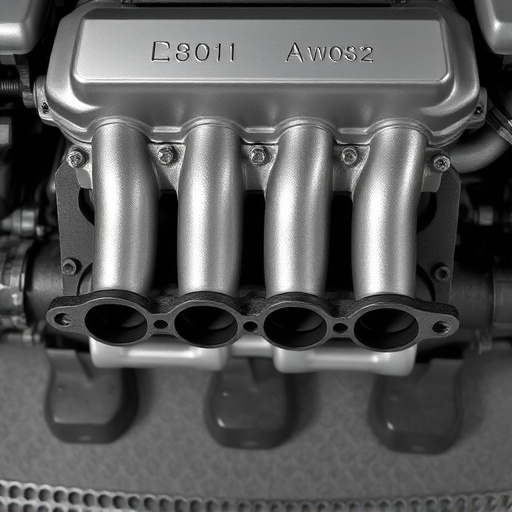
Regularly inspecting your muffler intake installation is a crucial aspect of vehicle maintenance that often goes overlooked. To ensure optimal performance and longevity of your exhaust systems, schedule comprehensive checks every 6-12 months or whenever you notice any unusual noises or drivability issues. During these inspections, focus on both visual examinations and functional tests.
Practical tips for efficient muffler intake installation inspection include checking for signs of damage, corrosion, or leaks in all intake components. Look for loose connections, particularly around the exhaust system and brake pads, as these could lead to reduced efficiency and potential safety hazards. Also, verify that all clamps and hangers are securely fastened, ensuring proper alignment and positioning of the muffler and related parts. Pay attention to any unusual sounds, vibrations, or performance changes, which may indicate issues with the exhaust systems or other components requiring attention.
Regularly inspecting your muffler intake installation is crucial for maintaining optimal vehicle performance and ensuring safety. Depending on usage and environmental factors, inspections every 6-12 months are recommended. During these checks, pay close attention to any signs of damage, corrosion, or leaks in the key components like gaskets, clamps, and pipes. Following best practices for maintenance can extend the lifespan of your muffler intake system, preventing costly repairs and enhancing overall driving efficiency.









